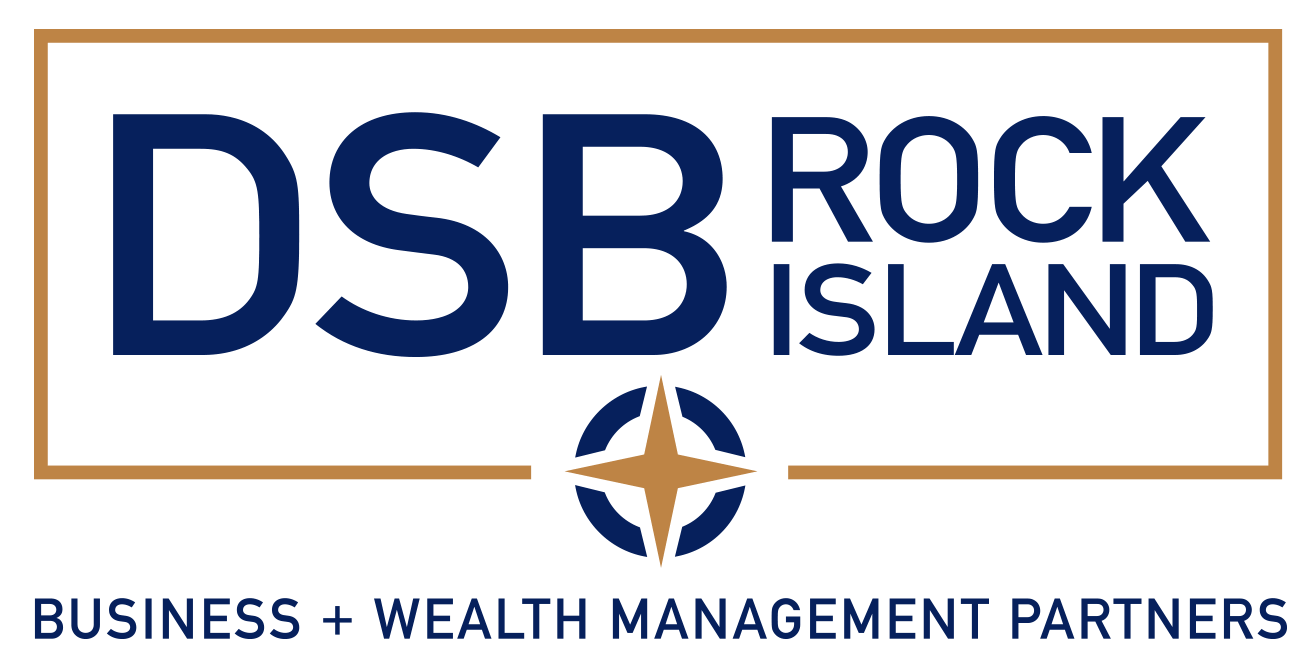Inventory Under ASC 805
How to Value Inventory Under ASC 805
Overview
ASC 330-10-20 defines inventory as “the aggregate of those items of tangible personal property that have any of the following characteristics:
- Held for sale in the ordinary course of business,
- In process of production for such sale,
- To be currently consumed in the production of goods or services to be available for sale.
The term inventory embraces goods awaiting sale (the merchandise of a trading concern and the finished goods of a manufacturer), goods in the course of production (work in process), and goods to be consumed directly or indirectly in production (raw materials and supplies).”
For purposes of ASC 805, items within inventory need to be stated at fair value. Fair value is often greater than book value as book value only includes historical costs and ignores the required return accruing to inventory as it progress through the value creation process. Stepping up inventory to fair value often results in a greater amount of COGS in the first post transaction period and can drastically lower the expected profit of the business on a GAAP basis. Management should be aware of this and its possible effects on earn outs or debt covenants.
Valuation Methodology
Little guidance exists on how to value inventory and best practices are still being formed. That being said, a typical inventory valuation is performed in the following manner[1]:
- Raw materials are valued at historical cost, adjusted for any obsolescence. We typically see companies point to recent invoices to substantiate the value of raw materials. One item worth noting is that ‘fair value’ requires an asset be valued at the exit price. Therefore, if the company is not in a position to sell the raw materials at a price similar to what it pays, a haircut may be necessary.
- Work in process (“WIP”) is typically valued using a top down approach. The calculation begins with the estimated sale proceeds from the WIP, assuming it is completed. Next, the costs required to complete and sell the WIP are removed. Finally, the required return on the remaining efforts to complete and sell the WIP must be removed.
- Finished goods are valued in a similar manner to WIP. You start with the estimated sales proceeds and subtract the costs required to sell the finished goods. You also remove the return required for completing the selling efforts.
Understanding the Value Chain
Understanding the economics of the value chain is critical to properly valuing inventory. Once the value creation model is understood, a proper allocation of the profit margin to the various processes can be performed. For example, both wholesalers and manufactures can have significant amounts of inventory. A wholesaler typically advances the value chain by lining up manufacturers and retailers. Thus, most of the margin earned by a wholesaler would be applicable to the sale process and any inventory write up would be minimal. A manufacturer, who produces a good that is later sold to a wholesaler, would allocate most of their margin to the production process. This often results in a substantial write up to the WIP and finished goods.
Potential Issues
When calculating the fair value of inventory it is important to use assumptions which are consistent with other assets or liabilities being valued as part of the purchase price allocation. It is common for inventory assumptions to mirror those used in valuing deferred revenue or backlog. The step up in inventory may also affect the value of other identifiable assets such as technology, backlog, and customer relationships, as the profit related to the inventory step-up should not be counted more than once in the analysis.
[1]See Rev. Proc. 2003-51 for additional methods.
Contact Us
Contact DSB Rock Island today to learn how we can recommend the best accounting software for your needs to save time and money as you grow your business. Our responsive and proactive advisors are ready to help you take the next step.











